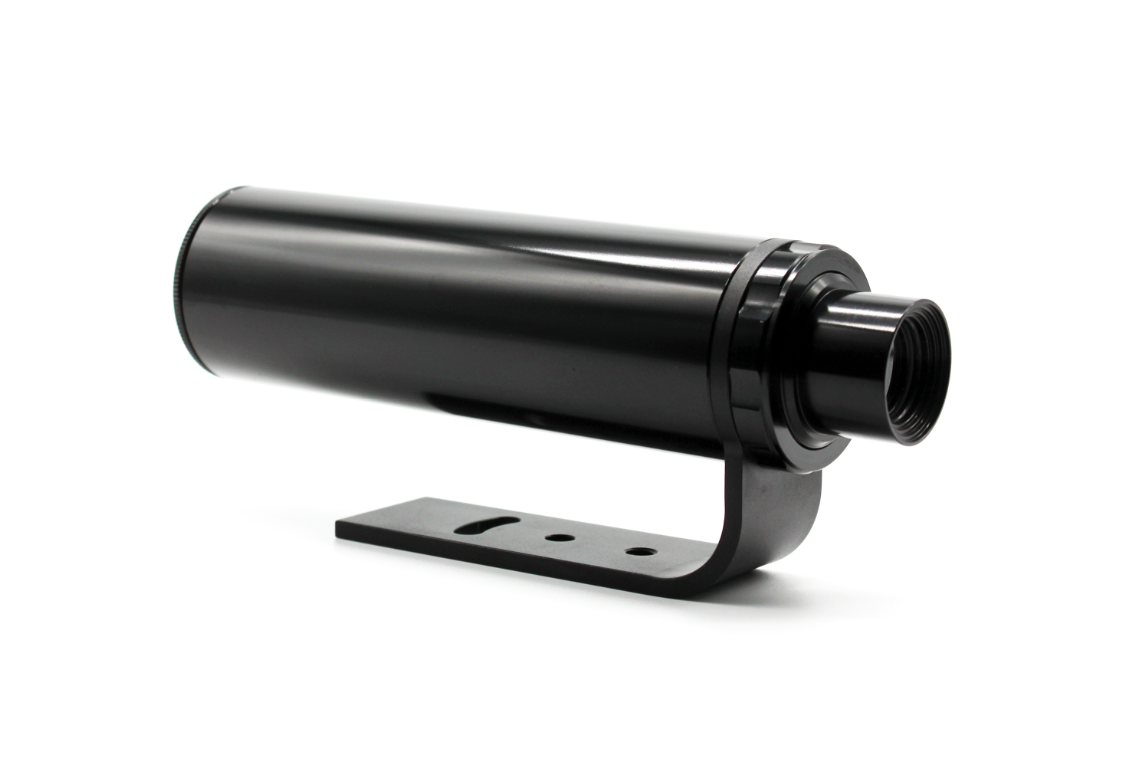News center
Advantages and disadvantages of contact and non contact pyrometer
There are two types of temperature measurement methods: contact and non contact pyrometer. Contact pyrometer: the temperature sensitive element is in contact with the measured object and exchanges by heat transfer and convection. The two require good thermal contact to obtain higher measurement.
There are two types of temperature measurement methods: contact and non contact pyrometer. Contact pyrometer: the temperature sensitive element is in contact with the measured object and exchanges by heat transfer and convection. The two require good thermal contact to obtain higher measurement. Accuracy. With non-contact pyrometer, the temperature sensitive element does not contact with the measured object, but exchanges heat through thermal radiation, or the temperature sensitive element receives part of the thermal radiation energy of the measured object, and the magnitude of the thermal radiation energy deduces the measured object temperature. With this method, the temperature measurement response is fast, and the interference to the measured object is small. It can measure the high temperature, the moving object and the occasions with strong electromagnetic interference and strong corrosion. Disadvantages: low accuracy.

Common contact temperature measurement: thermal resistance, thermocouple, bimetal thermometer. non contact pyrometer: photoelectric pyrometer, radiation pyrometer, colorimetric pyrometer, non contact pyrometer.
Generally speaking, contact thermometers are relatively simple, reliable, and have high measurement accuracy; but because the temperature measurement element and the measured medium need to be fully thermally exchanged, and it takes a certain time to reach thermal equilibrium, there is a delay in temperature measurement. At the same time, it is limited by high temperature resistant materials and cannot be used for high temperature measurement.
For non-contact pyrometer temperature measurement, for example, infrared pyrometer measures temperature through the principle of thermal radiation. The temperature measurement element does not need to be in contact with the measured medium. Infrared pyrometer has a wide temperature measurement range and is not limited by the upper limit of temperature measurement. Infrared pyrometer does not It will destroy the temperature field of the measured object, and the reaction speed is generally relatively fast; however, the measurement error is relatively large due to the influence of external factors such as the object's emissivity, measurement distance, smoke, and moisture.
Next page
Next page
Recommended news
RECOMMEND NEWS


